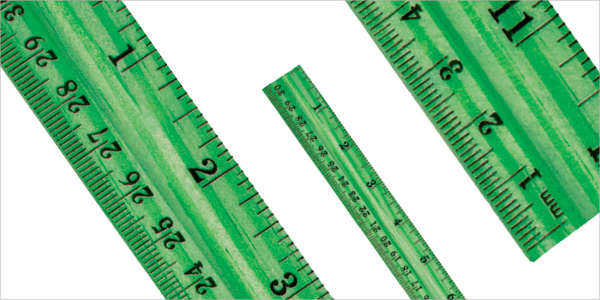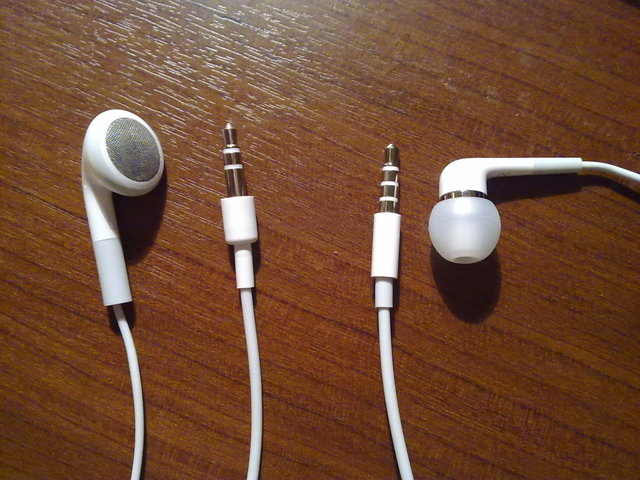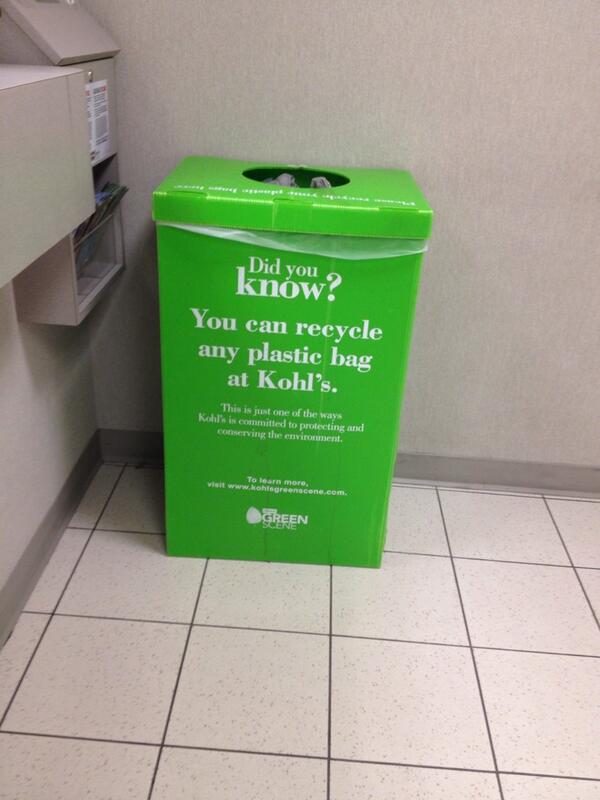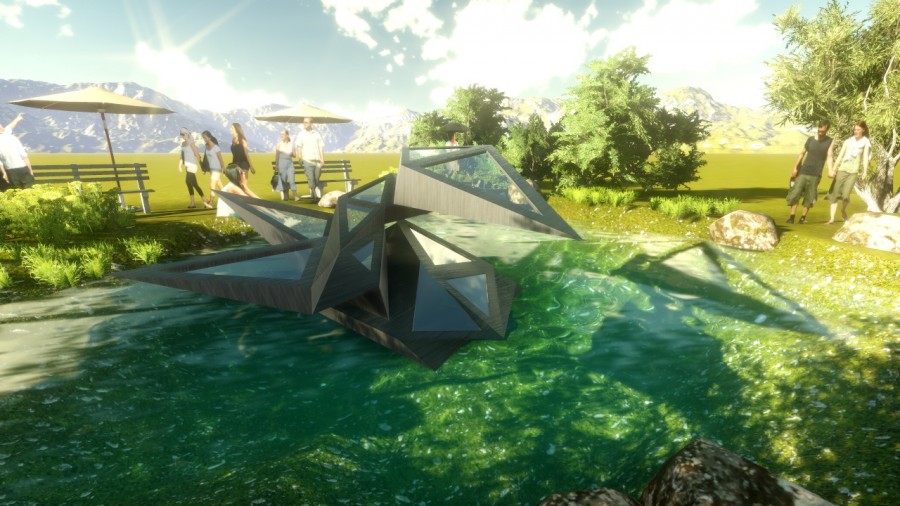In Mexico, the use of electric cars is just starting to become a reality. Only a very few percentage of the population have access to this vehicles and use them. As part of their commitment with the environment, BMW Group Mexico, CFE (Federal Electricity Commission), Schneider Electric, and Walmart Mexico, established a strategic alliance to install the first public electric vehicle charging stations in 4 Walmart stores located in Mexico’s Valley with the objective of providing commodity and accessibility to low ecological impact car owners while they visit such shopping centers.
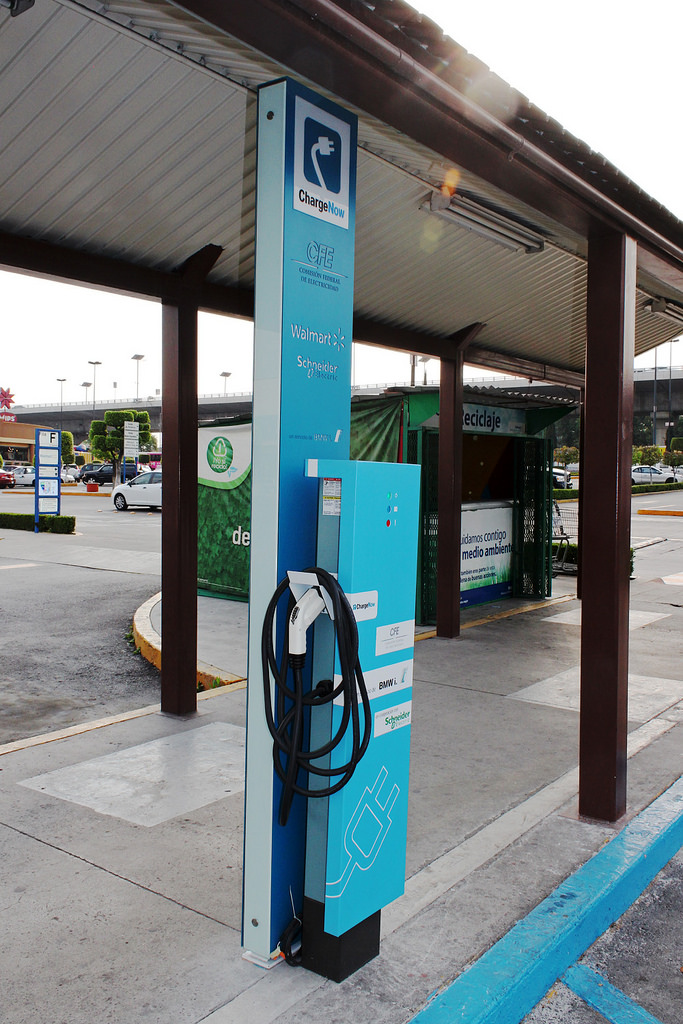
Almost everything in this alliance makes sense to me. BMW is promoting its BMW i sub-brand focused on electric and hybrid cars with the highest technology. They’re the “fairy godmother” in this project because they strongly stand for this cause, are totally committed, have the knowledge, and are making whatever it’s needed to make people take care of the environment by using their cars. Schneider Electric, the experts in energy management are contributing to make sure the charging stations work and are sourced from renewable sources. Not only they’re helping but they’re benefiting by positioning themselves as the knowledge leaders and pioneers of this huge change in Mexico and will be looked up to by other companies when they decide to install this stations on their own parking lots. CFE is playing the regulator role and making sure that the project meets the government requirements and matches the rest of the efforts being done for the whole country. And then there’s Walmart. Why Walmart? According to the news article, “contributing to improve Mexicans’ life quality through actions supporting sustainability” is one of Walmart Mexico’s main objectives. Even though I don’t 100% believe in the genuineness of this statement, let’s suppose it is true. But then, even though Walmart would fit this alliance because of its values and objective, I don’t see how the campaign and efforts are targeted correctly. BMW cars are highly priced because of their technology. People who buy this kind of cars don’t match the profile of people who shop at Walmart, which is considered a low quality supermarket chain in Mexico. I don’t see how this electric vehicle car owners will decide to make this huge switch in supermarket preferences just because of the gas stations, unless they have an emergency. I think It would have been better to partner with a high-end brand (for example HEB, Costco, Palacio de Hierro) because otherwise, people who can’t really afford this kind of vehicles will be aware but won’t be able to really take action and join the cause.

